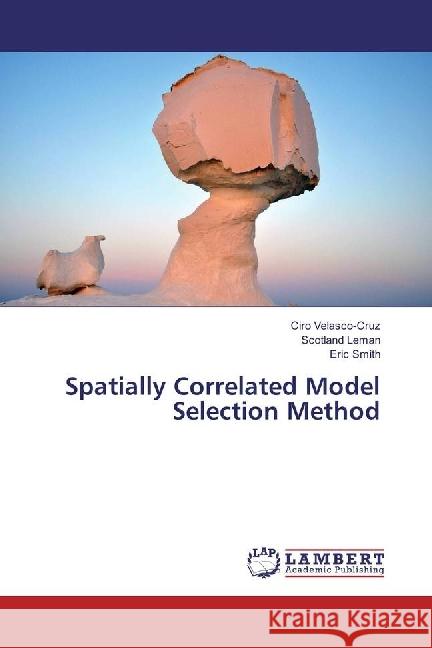Spatially Correlated Model Selection Method » książka
Spatially Correlated Model Selection Method
ISBN-13: 9783330344495 / Angielski / Miękka / 2017 / 124 str.
A variable selection method for spatial data is presented. It is assumed that the spatial process is non-stationary as a whole but is piece-wise stationary. The pieces where the spatial process is stationary are called regions. The variable selection approach accounts for two sources of correlation: (1) the spatial correlation of the data within the regions, and (2) the correlation of adjacent regions. The variable selection is carried out by including indicator variables that characterize the significance of the regression coefficients. The Ising distribution as prior for the vector of indicator variables, models the dependence of adjacent regions. We present a case study on brook trout data where the response of interest is the pres- ence/absence of the fish at sites in the eastern United States. We find that the method outperforms the case of the probit regression where the spatial field is assumed stationary and isotropic. Additionally, the method outperformed the case where multiple regions are assumed independent of their neighbors.











